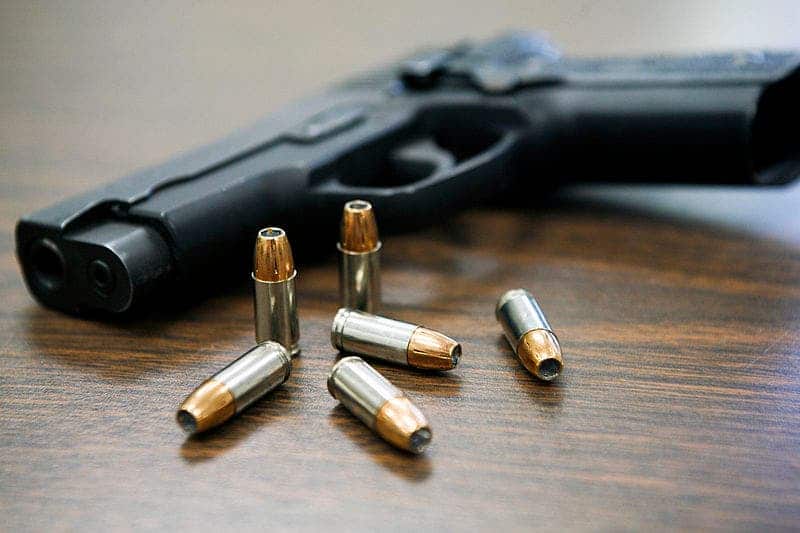
The number of shooting deaths, gun-related injuries, and firearm suicides in the United States increased by more than 30% in the first year of the COVID-19 pandemic, a new study found. That’s a nationwide figure, with some states experiencing a surge in gun violence of over 100%.
These statistics seem baffling considering many states have had lockdowns that collectively spanned months, as well as the social distancing rules. But the researchers at the Penn State College of Medicine who performed the study claim that although social interactions were much less frequent during the pandemic, the coronavirus also contributed to a lot of stress and domestic violence, which may ultimately explain the uptick in gun violence.
Researchers arrived at these harrowing figures after analyzing all gun-related homicides, suicides, and injuries reported in each state, as well as the District of Columbia, from February 2019 through March 2021. They compared the number of recorded incidents reported before the pandemic to those that occurred during the first year of the pandemic (March 2020 through March 2021).
The findings weren’t pretty. According to the researchers, 28 states saw a significant increase in the number of shootings during the first year of the pandemic, with Minnesota, Michigan, and New York experiencing a more than 100% increase in the rate of gun violence. The only state that saw a statistically significant decrease in gun violence was Alaska.
Looking for clues that may explain this concerning trend, Dr. Jennifer McCall-Hosenfeld, associate professor in the departments of Medicine and Public Health Sciences, and colleagues combed through data from the National Instant Criminal Background Check System. They learned that the number of handguns sold in the first year of the pandemic increased by 41% compared to 2019.
Fear, stress, and uncertainty with regard to how the pandemic will unfold likely prompted many Americans to purchase guns, and we know from studies that more guns mean more gun violence — it’s that simple.
“Our data reinforces the need to promote multiple interventions—vaccinations, testing, contact tracing, masking and ventilation—to mitigate the COVID-19 pandemic, and in doing so, hopefully we can mitigate the downstream effects,” said Dr. McCall-Hosenfeld.
These findings highlight yet another indirect effect of the pandemic that is leading to suffering and even death. The pandemic has reduced access to critical healthcare services and increased the incidence of mental health problems through prolonged national lockdowns and social isolation. This isolation could also increase the rate of cognitive decline in the elderly, and impair the development of social skills in the young. The economic problems cannot be understated either — and now we have more gun violence to worry about. That’s all the more reason to halt this pandemic as best we can.
“The pandemic has yielded harmful ripple effects that need to be addressed,” said co-lead investigator Dr. Paddy Ssentongo, assistant professor at the Penn State Center for Neural Engineering. “The spike in gun violence in the era of COVID-19 comes as a stark reminder that we can’t afford to ignore it any longer. Now is the time to focus on this public health crisis.”
The findings appeared in the journal Scientific Reports.


